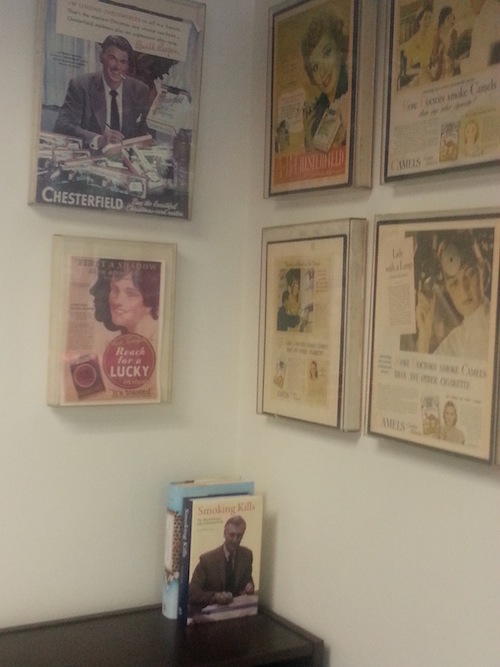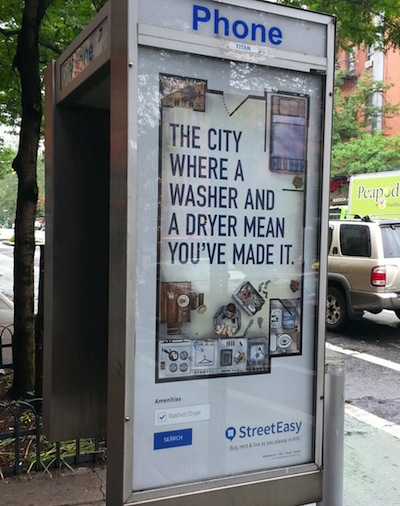If you are not familiar with it, the Council was started in 1978 as a pro-science group at a time when environmentalists had really run amok. Keep in mind this was the decade of concern about Population Bombs and Soylent Green and concerns about riots over food and people who had been used to impartial media were really scared. It was not yet common knowledge how easily media could be fooled by clever environmental public relations and it would not be exposed for another decade. Standing against that cultural tide were people like Dr. Beth Whelan, co-founder of ACSH, Dr. Norm Borlaug, Nobel laureate and the father of the Green Revolution, and Dr. Fred Stare, Founder of the Harvard Department of Nutrition.
Environmental groups, who were always finding something to be against, found the three of them standing for public health and science awareness, and it did not matter who disagreed with the evidence. So they would simultaneously defend agricultural science while going to war on Big Tobacco, they advocated for seat belt laws while espousing freedom of choice on reproductive health issues. Unlike their opponents, they were hard to pin down politically. Obviously when you side only with science and not politics or cultural agendas, keeping the lights on can be difficult.

But 37 years later, they were still getting it done. In late 2014, Dr. Whelan passed away, the last of those original three. The Trustees thought about how the finely-tuned public relations machines of anti-science groups manipulated public opinion so well, and how to to promote sound science in the face of literally hundreds of millions of dollars stacked against it. We already know the answer. The great equalizer is, of course, the Internet. It was once enough to have a friend at the New York Times or Mother Jones to get the Scare Journalism narrative of the week or a hit piece read by people, but today a small organization can win a David vs. Goliath battle by meaning well, being correct and getting the word out there. And that is ACSH.
In 2015 science outreach requires more than books and policy papers, it takes adjusting to how people get their information. And that is how the Trustees came to learn about Science 2.0. This arm of Science 2.0 was, of course, founded on the same principle as the ACSH: While the public does not trust journalists due to perceptions of bias, researchers do not trust journalists because they get the science wrong in the interests of telling a good story, or creating false equivalence by trying to be balanced even when there can be no balance, or promoting the Myth of the Oppressed Underdog, some lone wolf fighting against mean old science dogma. In that climate, it made sense for us to turn scientists into journalists and 'cut out the middle man.' Unlike detractors standing against science, we do not think the public is stupid or easily manipulated, we recognize America has the highest adult science literacy in the world. Almost everyone in America is a fan of science. Give them the information and they will often make the right decisions, outliers aside.
Yet fighting for science is hard because undermining it is easy, and always has been.

My office in Manhattan. Dr. Whelan made her bones taking down Big Tobacco and being against smoking so it is absolutely hilarious that on her office wall were all of the more ridiculous smoking ads, in frame: "More Doctors Smoke Camels" and Ronald Reagan hawking Chesterfield. I asked her widower if I could keep them and he graciously agreed.
While it's a great honor to be the second president of an organization with this legacy, I recognize the challenges. Groups like the Natural Resources Defense Council are $100 million juggernauts, and they are able to gather tens and tens of millions of dollars from unnamed donors, just like political Super PACS, and never disclose it, all the while hurling claims like "corporate funded" at anyone who sides with science. It's always been a philosophical struggle for the pro-science side because (a) no one in science wants to feel like they are a corporate shill and applied science in America is only done by corporations, and (b) experienced scientists and doctors are expensive, while young political science majors and lawyers who are paid on contingency for lawsuits are not.
Not to pick on NRDC, I could easily have used Pesticide Action Network or Union of Concerned Scientists or any of the others, but NRDC just took out a full page ad in the New York Times claiming Dow was killing monarch butterflies - despite every legitimate science study saying otherwise. How many pro-science groups can afford a full-page ad in the New York Times? Well, there may be some and I don't know about them, but I know it doesn't happen often, because on the pro-science side what little money there is instead goes to scientists and doctors who face an uphill battle - as I wrote earlier, it has always been easier to instill fear and doubt than to educate people. Science is hard, but invoking the precautionary principle is simple.

Hello, Manhattan. Oh wait, what is this?
I feel good taking on a new challenge because Science 2.0 is rock solid. The traffic is way up over a year ago, we still get yelled at by both the left and right as much as we ever have, which means we are exactly where we need to be, and a new person at the helm can come up with creative new ways to reach people that I may never have considered.
Trusted guides for the public, just like always. Only now in more places.





Comments